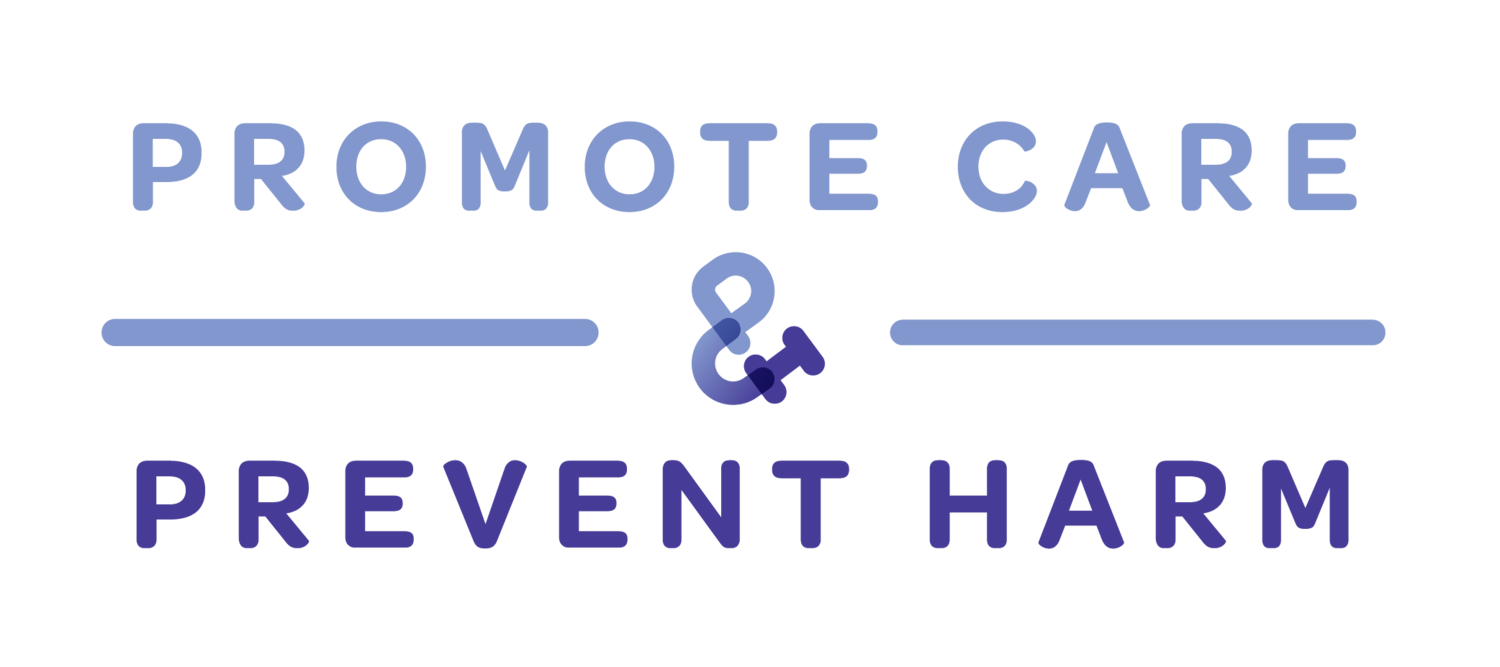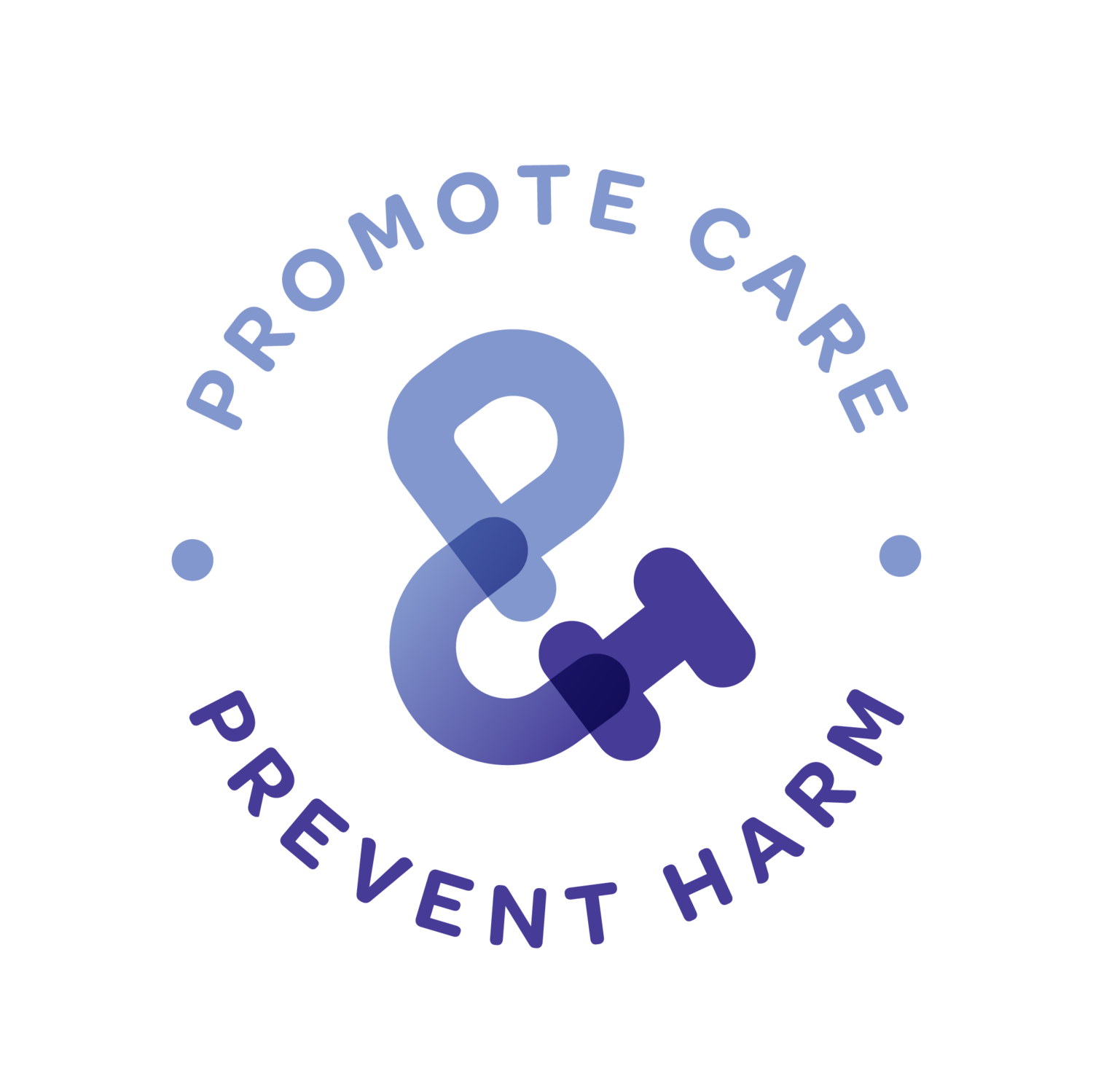
Promotion & Prevention
Change Model
Centering youth as leaders for promoting resilience and supporting trauma recovery.
Overview
The Youth-Led Resilience Promotion program guides students through a simple 5-step process for developing new strategies and implementing initiatives to promote resilience and support peer trauma recovery.
Using the Promotion & Prevention Social Change Model, participants develop youth-led strategies.
Youths’ lives exist prior to a traumatic event, and they continue following a potentially traumatic event. Thus, students must be trained to create youth-led strategies to enhance their own resilience and support peer resilience and trauma recovery.
Process
Step 1
Identify resilience promotion & trauma recovery gaps
Step 2
Set resilience promotion & trauma recovery goals
Step 3
Create youth-led resilience promotion & trauma recovery strategies
Step 4
Implement youth-led resilience promotion & trauma recovery strategies
Process
Assess Self
Social change starts with individuals who self assess or think purposefully about their mindsets. A popular way of going about this is asking “What motivates me?” Individuals who understand motivation comes from both the promotion and prevention systems (Higgins, 1997) may be better equipped to create social change. They are also more proficient at motivating and engaging individuals who are similarly or dissimilarly motivated.
Assess Gaps
Many people can learn to recognize and address gaps between their beliefs/knowledge and actual behaviors, as they are simply differences between 1) where people currently stand--what they are good (or not so good) at and 2) the place people see themselves wanting to be in the future. These gaps can be focused on possibilities to achieve helpful or desirable outcomes, or problems to be avoided. Improving a school or community requires promotive and preventive thinkers to notice both possibilities and problems, resulting in holistic culture change, with the presence of well-being and the absence of ill-being.
Set Goals
Social change requires leaders with clear goals. Promotive leaders set goals to approach gains (i.e., actualizing possibilities) and preventive leaders set goals to approach non-loss (i.e., elimination of problems and/or maintaining the absence of problems). Creating change requires leaders to articulate holistic goals. Without holistic goals, the entire change process (i.e., needs assessment, capacity building, stakeholder involvement, intervention development, evaluation data) is biased towards a specific mindset disposition and missing possibilities for greater impact.
Select Strategies
Promotion and prevention goals are achieved through the implementation of either promoting, preventing, or protecting strategies. Promotion goals are achieved through promoting strategies while prevention goals are achieved through preventing or protecting strategies. To achieve well-being, leaders should implement all three strategies.
Implement Strategies
Tactics are implemented to address specific audiences:
Universal tactics focus on the entire population
Targeted tactics targeted a particular group
Indicated tactics target individuals
Universal, targeted, and indicated tactics are not novel, but when integrated with promotion and prevention, synergies are created. Optimal outcomes occur from “prosocial fit” -- alignment between tactics, strategies, and goals.
Form
Interested in Learning more about PCPH programs, fill out this form for more information!






